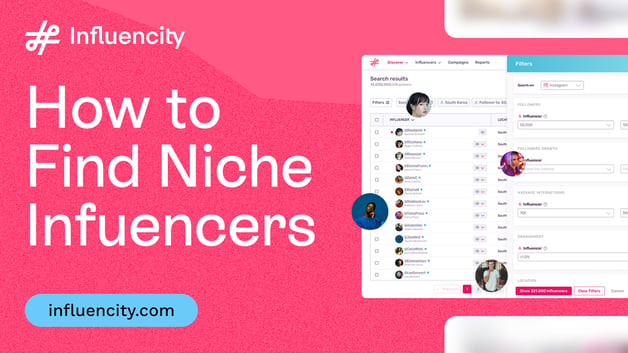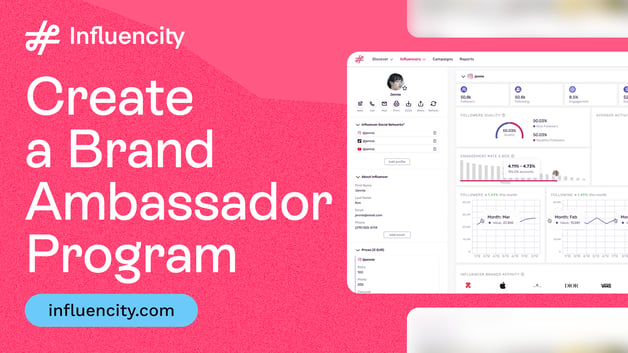The result? You could be wasting money on campaigns that don’t generate results and influencers who don’t resonate with your audience.
There are plenty of tools on the market to help you build UTM links for influencer tracking. Besides the Campaign URL Builder from Google Analytics, you can use tools like Bitly or the various Shopify integrations to create UTM links.

Influencity’s built-in influencer tracking tools also simplify the process for you. You can create unique discount codes for each influencer and track how people are using those codes. This makes it easy to attribute sales and revenue to specific influencers, which is one of the major influencer marketing best practices.
Mistake #3: Ignoring Influencer Audience Demographics
In my early days of writing about influencer marketing, brands were mainly focusing on following size. It was all about working with influencers who had a massive following to reach as many people as possible. Then it gradually evolved as brands started to place a greater focus on relevance. This became easier with influencer marketing platforms providing the ability to filter influencers by category and niche.

However, this is as far as most brands will go. They make the mistake of thinking that as long as an influencer is posting about a relevant topic and has sufficient followers, it’s enough to generate results.
Yet with growing influencer fatigue, people are becoming more and more selective with the influencers they follow and engage with. So industry alignment and large following size are no longer enough to narrow down the right influencers. As a result, brands may end up working with misaligned influencers if they fail to analyze audience demographics.

Even influencers who create content in the same industry may have vastly different audience demographics. For instance, someone who creates content about thrifted fashion and someone who creates content about luxury fashion are both fashion influencers. Yet their audience demographics couldn’t be any more different.
Sure, both types of audiences are interested in fashion. But for the former, audiences are more likely to be interested in low-cost purchases and sustainable clothing choices. For the latter, audiences are more likely to be interested in high-fashion purchases, with cost having a much smaller influence on buying decisions.
So you need to follow the influencer marketing best practice of analyzing audience alignment before working with an influencer. Fortunately, platforms like Influencity make it easier with AI-powered analytics to run comprehensive evaluations of an influencer’s audience. An audience analysis will show you detailed demographic insights regarding the age, gender, location, language, and ethnicity of an influencer’s followers.
It even digs deeper by analyzing the interests of these followers. So you can filter your search based on the specific interests of an influencer’s audience.

As someone who loves thrifting and fashion, I have a strong affinity for campaigns involving both. That’s why I love how Savers partnered with influential creators to reach a young, style-conscious audience and promote thrifting as a sustainable and stylish choice. With this goal in mind, they focused on influencers who were already thrift-savvy and could put together stunning outfits with thrifted items.
They analyzed influencers who could reach style-savvy Gen Z and young Millennial audiences who care about sustainability and use fashion to express themselves. This led to a partnership with 15+ nano- and micro-influencers who met the creative requirements and had the right audience fit.
This resulted in over 88 million impressions and 5.6 million engagements across 1,900+ assets created.
Mistake #4: Not Monitoring Fake Engagement and Bot Activity
As mentioned earlier, there’s no shortage of influencers faking their influence. With services offering to pump up following and engagement data, the industry is riddled with unscrupulous users looking to make a quick buck.
Although the crackdown on fake followers and bot users has slowed things down a bit, many influencers are still finding ways to misrepresent their engagement data. In addition to paying companies for bot engagement, some may even participate in engagement pods. This involves “exchanging” engagement with other influencers. So although the engagement comes from human accounts, they lack authenticity and substance.
With all these considered, if you’re not monitoring fake engagement and bot activity, you’re making a huge influencer marketing tracking mistake.

Fortunately, Influencity’s in-depth influencer analysis also looks into the follower quality of each influencer. This technology uses natural language processing to detect “red flags” and bot behavior like spammy text, repetitive comments, no recent posts, and excessive link sharing. Additionally, it uses image recognition technology to identify suspicious patterns like missing profile pictures and having the same photo across multiple accounts.
So it can identify “Doubtful Followers” and separate them from the “Nice Followers,” allowing you to easily identify fake engagement and verify an influencer’s credibility. In short, it helps you avoid fake influencers to improve your campaign performance.

Mistake #5: Not Aligning Influencer Metrics with Business Goals
Some brands also make the mistake of failing to align their metrics with larger business goals. This influencer marketing tracking mistake stems from the assumption that influencer marketing exists in a silo, separately from other business objectives.
As a result, you could end up with a campaign that doesn’t really have any real business impact. In other words, you’ll be wasting money on influencer campaigns that don’t benefit your business as a whole. This is why you need to align your campaigns and metrics to your larger business goals.
It all starts with setting SMART (specific, measurable, achievable, relevant, and time-bound) goals based on what you want to achieve as a business. Some of the most common influencer marketing goals include brand awareness, lead generation, community engagement, and sales.
However, instead of simply saying that you want to “raise brand awareness,” get more specific with what you’re looking to achieve. For example:
- Improve brand awareness by increasing brand mentions 3x and drive a 2x increase in followers within 6 months.
- Generate 500 new email signups within 3 months.
- Achieve a 3% engagement rate with a 20% boost in brand sentiment within 4 months.
- Drive 2,000 purchases for X product within 6 months.
With this in mind, you’ll want to focus on certain KPIs that directly connect with your business goals. For example, if lead generation is your goal, you’ll want to look at metrics like number of leads generated and cost per acquisition (CPA). Similarly, if conversion is your biggest goal, you’ll want to look at metrics like conversion rate and engagement-to-conversion ratio.

Of course, you should also look at your overall influencer marketing return on investment (ROI). This would require tracking the cost of your campaign alongside relevant campaign metrics.

How to Fix These Mistakes and Improve Tracking with Influencer Marketing Best Practices
Now that you’re aware of the influencer marketing tracking mistakes that are affecting your results, you’ll want to figure out how to fix them. The good news is, it’s not that complicated. All you have to do is follow some influencer marketing best practices related to performance tracking.
Focus on Performance-Driven Influencer Metrics
Start by shifting your focus away from engagement numbers and other vanity metrics. While these are still important to understand your overall campaign performance, you should also look at metrics that directly tie into your business performance.
This may include metrics like conversion rate, number of purchases, total revenue, number of leads, and so on depending on what you’re looking to achieve. Influencity lets you customize reports to focus on the metrics that matter the most to you. Besides engagement metrics, it shows you KPIs like earned media value, CPE, CPM, and many more.

Use UTM Links, Discount Codes, and Tracking Pixels
Metrics like traffic and conversions play a significant role in your overall business performance. The more traffic you get, the better your chances of acquiring new leads and converting more customers. And the more conversions you get, the better your sales.
So make sure you’re using UTM links, discount codes, and tracking pixels to properly account for the traffic and conversions coming from your influencer campaigns. Not only will this help you understand the effectiveness of your campaign, but it will also help you track individual influencer performance.
You’ll be able to see which influencers and which pieces of content are driving the most traffic to your site. Similarly, you can see which influencers are most successful at convincing their followers to buy your products.
Influencity lets you create unique discount codes for each influencer and track their performance in one place.

Leverage AI-Powered Analytics Tools
AI-powered analytics tools like Influencity solve some of the biggest challenges related to influencer performance tracking. First of all, they provide a comprehensive analysis of an influencer’s audience. So you can quickly break down their audience demographics and interests to find influencers with the right audience fit.
Additionally, this audience analysis goes deeper to analyze the authenticity of an influencer’s follower base. With natural language processing and image recognition technology, Influencity quickly determines which followers are doubtful i.e., bots, spam, or fake accounts. This helps you detect fake engagement so you can easily filter out profiles faking their influence, streamlining your influencer discovery.

Align Your KPIs with Broader Business Goals
Finally, you should always keep your broader business goals in mind when tracking your influencer marketing campaign performance. This all ties back to setting campaign goals that are in alignment with broader business outcomes.
For example, if you’re launching a new product, you’ll want your campaign to raise more awareness about the product. Based on this, you can then track metrics like reach, brand mentions, and purchases to understand if your campaign is effectively promoting your new product.
Similarly, if you’re looking to improve brand reputation as a business, you may launch a campaign to boost community engagement. Based on this, metrics like engagement, brand sentiment, and customer loyalty will tie into your broader business goal.
Maximize Outcomes with Better Influencer Marketing Tracking
Avoiding these leading influencer marketing tracking mistakes is one of the first steps to getting accurate performance data. It also paves the way for better campaign outcomes as you can make informed, data-backed decisions to optimize your performance. Use the influencer marketing best practices I shared above to fix these mistakes and get better at tracking.
Tags:
Tracking










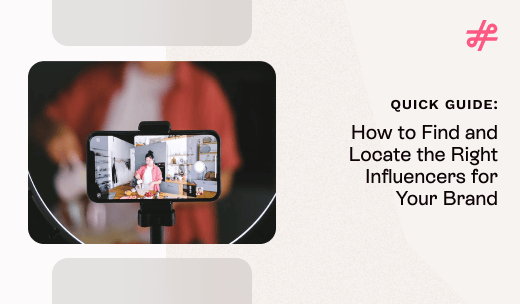



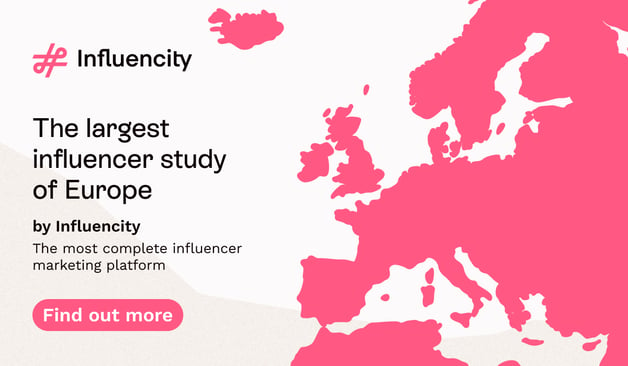







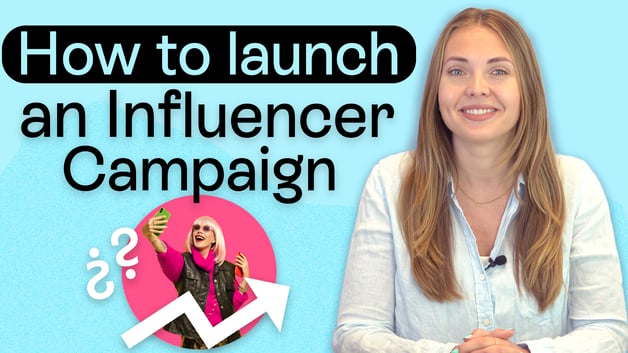



%20and%20How%20Can%20They%20Benefit%20Your%20Brand%20article.jpg?length=628&name=What%20Are%20Key%20Opinion%20Leaders%20(KOL)%20and%20How%20Can%20They%20Benefit%20Your%20Brand%20article.jpg)
